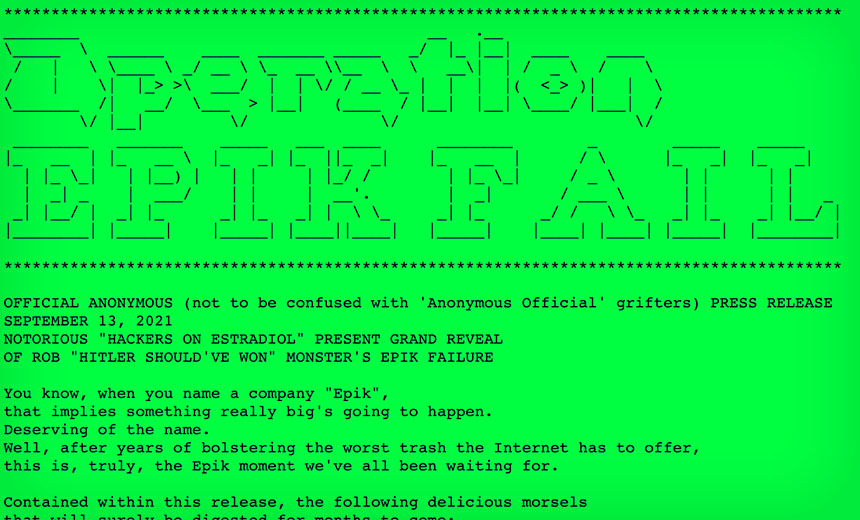DOWNLOADS
Open interactive popupCompanies are rapidly adopting software as a service (SaaS) in place of purchasing commercial off-the-shelf software (COTS). Companies using SaaS rely on SaaS vendors to host their applications in the cloud instead of running them in their own data centers. Industry analysts estimate that the SaaS market will grow by more than 20 percent annually, reaching nearly $200 billion by 2024, a level that would represent nearly one-third of the overall enterprise-software market. With enterprise values for SaaS businesses reaching approximately seven times forward revenue, software companies are racing to convert from on-premises to SaaS-based delivery models. 1
Most Popular Insights
Most companies, therefore, will eventually confront the cybersecurity risks inherent in the SaaS approach. These are different risks from those posed by on-premises COTS. In building COTS, the vendor takes responsibility for removing security vulnerabilities from the application code. The customer, however, installs the software, configures it, and takes responsibility for running it in a secure infrastructure. For SaaS offerings, the vendor takes on many of the security responsibilities previously assumed by the customer.
Companies do not always feel comfortable with the indirect relationship to cybersecurity risk that SaaS presents, mediated as it is through vendor-based protections. More important, SaaS vendors have not always ensured that their products meet their customers’ security requirements. That is the story that emerged from our survey of cyber professionals from companies seeking to adopt SaaS solutions. 2 Their responses also provide insights into how enterprises should think about security in a SaaS world and important clues for SaaS vendors on how to earn the confidence of their enterprise customers.
The security challenges of software as a service for adopting companies
Our survey polled chief information-security officers (CISOs) and other cybersecurity professionals from more than 60 companies of varying size in a range of industries. We wanted to understand how companies experienced SaaS offerings and how they responded to security challenges. Almost universally, respondents confirmed what we had suspected: they have increased their focus on security for SaaS offerings, emphasizing capabilities at the intersection of the vendor’s and their own security environments. They expressed a fair amount of frustration with shortcomings in vendors’ cybersecurity capabilities, which often caused delays in contracting and implementation. In their view, SaaS vendors need to take a much more customer-centric approach to security, making it easier to understand their products’ security capabilities, easier to integrate them with the rest of the enterprise-security environment, and easier to configure them in a secure and compliant way.
All the companies we spoke with had already begun to make the transition to SaaS offerings. About half had used products from 20 or fewer SaaS vendors, about a quarter from more than 80. Almost all companies surveyed were deploying SaaS offerings in at least one major area, especially office automation, IT-service management, and niche business applications (Exhibit 1).










